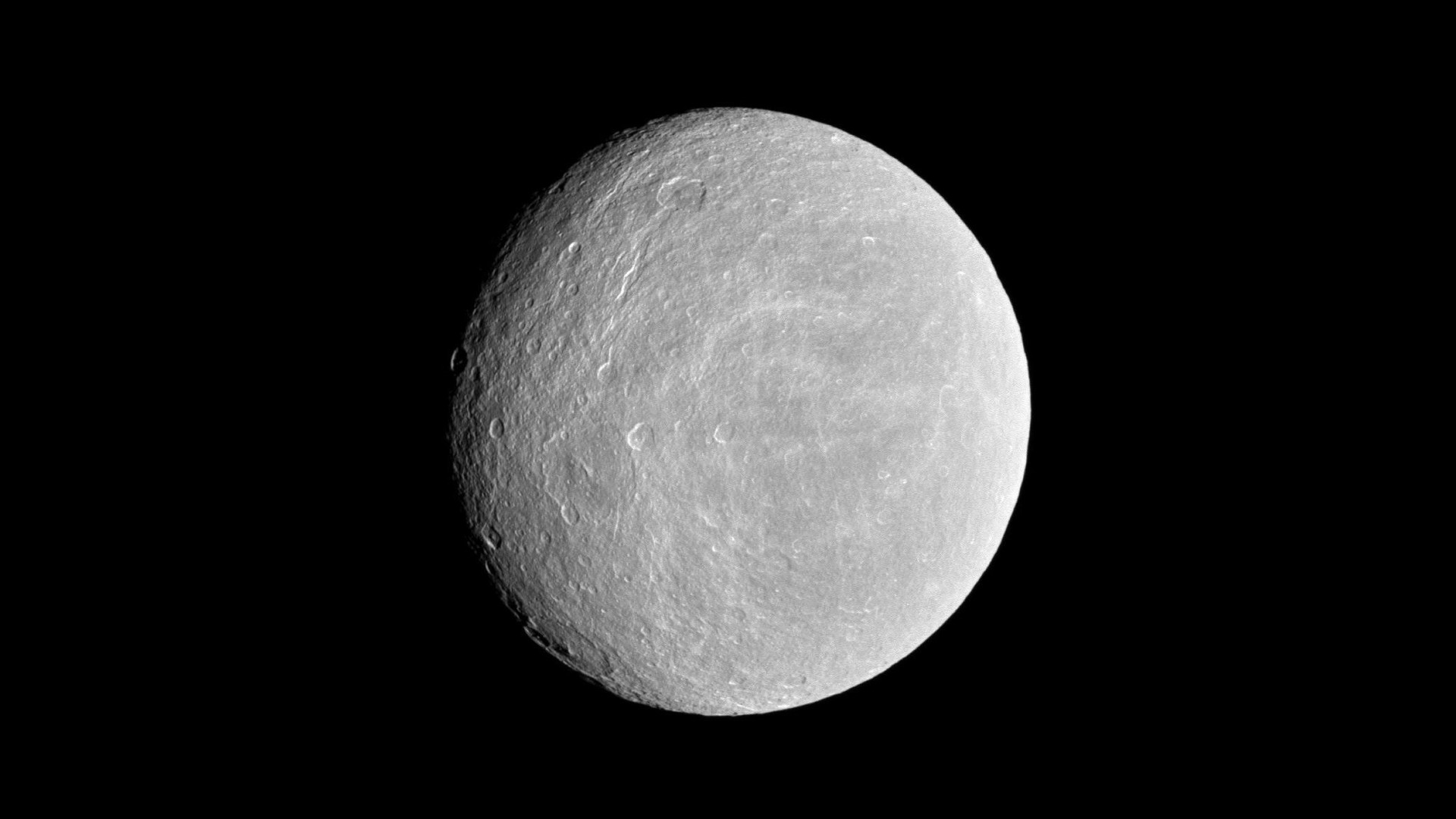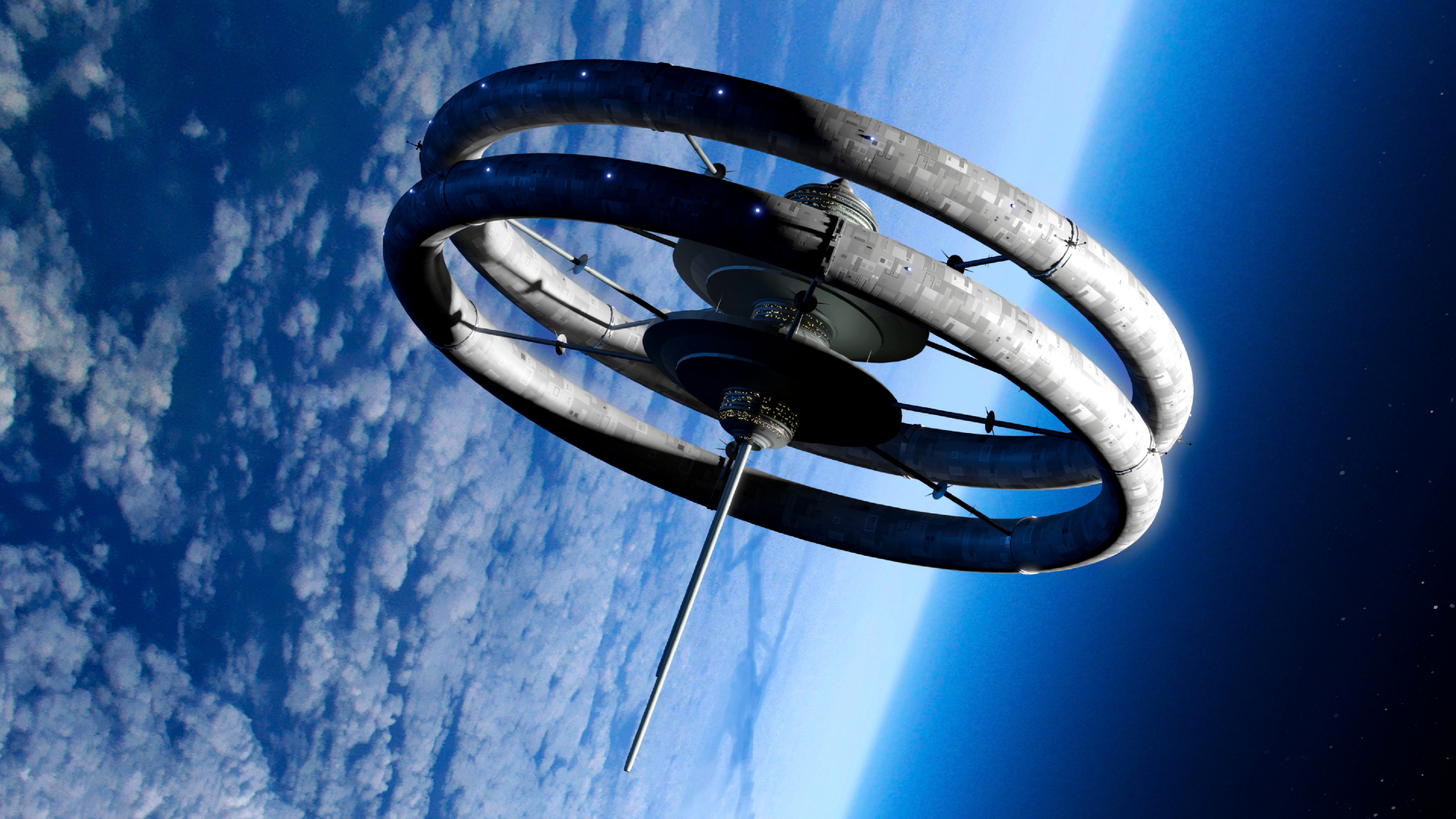On this day in space! Dec. 23, 1672: Giovanni Cassini discovers Saturn's moon Rhea
On Dec. 23, 1672, Italian astronomer Giovanni Cassini discovered Rhea, Saturn's second-largest moon.
On Dec. 23, 1672, Italian astronomer Giovanni Cassini discovered Rhea, Saturn's second-largest moon. Rhea is made up of rock and ice and is covered in craters.
Rhea is also the only moon discovered to have an oxygen atmosphere. Rhea was the second moon that Cassini discovered. He discovered Saturn's moon Iapetus about a year earlier. Rhea wasn't formally named until 1847.
The British astronomer John Herschel suggested that Saturn's moons should be named after the Titans. In Greek mythology, the Titans were the brothers and sisters of Cronus, who the Romans referred to as "Saturn." Cassini originally named the moons he discovered after the Sidera Lodoicea, meaning the "Stars of Louis," after King Louis XIV. Because Cassini discovered four of Saturn's moons, NASA named a spacecraft after him.
On This Day in Space: See our full 365-day video archive!
Breaking space news, the latest updates on rocket launches, skywatching events and more!

Hanneke Weitering is a multimedia journalist in the Pacific Northwest reporting on the future of aviation at FutureFlight.aero and Aviation International News and was previously the Editor for Spaceflight and Astronomy news here at Space.com. As an editor with over 10 years of experience in science journalism she has previously written for Scholastic Classroom Magazines, MedPage Today and The Joint Institute for Computational Sciences at Oak Ridge National Laboratory. After studying physics at the University of Tennessee in her hometown of Knoxville, she earned her graduate degree in Science, Health and Environmental Reporting (SHERP) from New York University. Hanneke joined the Space.com team in 2016 as a staff writer and producer, covering topics including spaceflight and astronomy. She currently lives in Seattle, home of the Space Needle, with her cat and two snakes. In her spare time, Hanneke enjoys exploring the Rocky Mountains, basking in nature and looking for dark skies to gaze at the cosmos.
You must confirm your public display name before commenting
Please logout and then login again, you will then be prompted to enter your display name.

